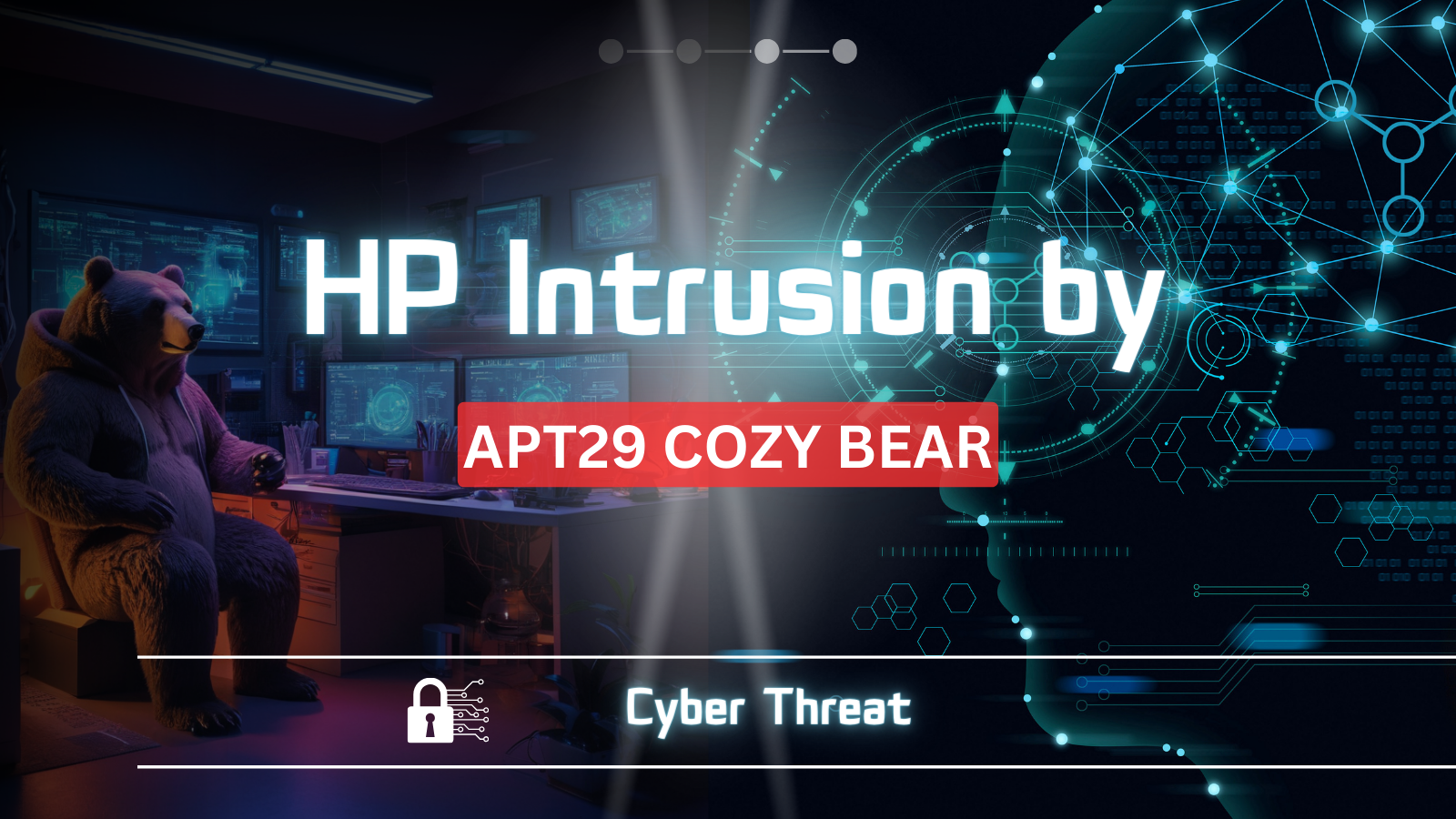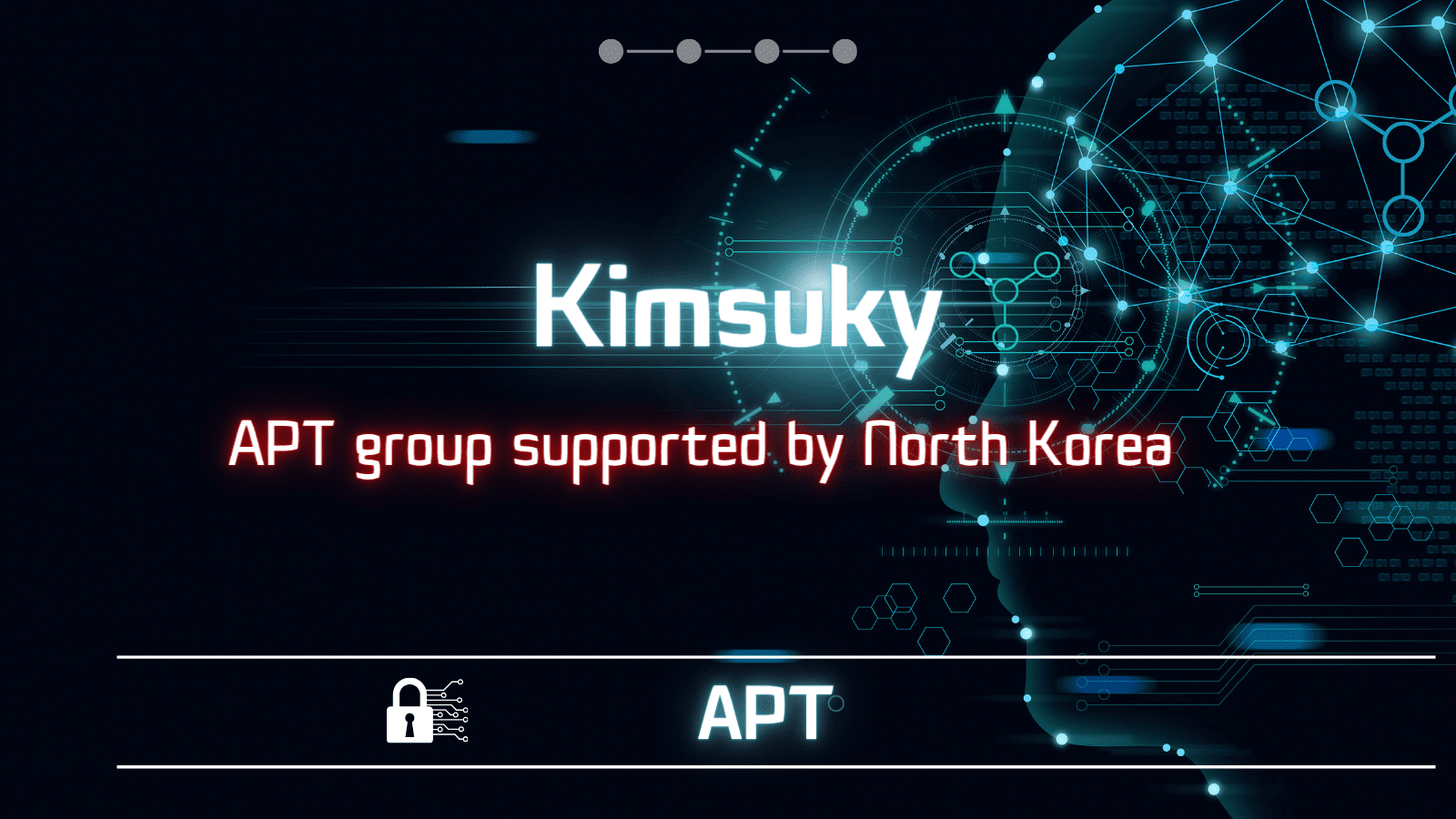
Unveiling Advanced Techniques
In the ever-changing world of threat hunting, it’s not just important to stay ahead of possible threats; it’s a must. Keeping track of Advanced Persistent Threat (APT) groups is one of the most important problems that organizations have to deal with. These smart enemies use complicated plans to break into networks, steal data, and cause trouble. In this detailed guide, we show you the best ways to track and fight APT groups and the most advanced techniques for doing so.
Understanding APT Groups: The First Line of Defense
Before we get into the methods, let’s make sure we know what APT groups are. These groups are well-organized and have a lot of money. They are often backed by the government, and their main goal is to sneak into systems and stay there for a long time. Their strikes are not random; they are planned and carried out with great care. Finding out how an APT works is the first step to successfully tracking them down.
Leveraging Open Source Intelligence (OSINT) for Insightful Tracking
Open Source Intelligence (OSINT) is turning out to be a powerful tool in the fight against APT groups. By using public information, we learn important things about their strategies, equipment, and possible targets. Forum on the web
Trawling through OSINT Goldmines
- Online Forums and Blogs: A treasure trove of information, forums frequented by cybersecurity experts often discuss recent APT activities, providing fresh IoCs and TTPs.
- Social Media Analysis: APT groups sometimes slip up by sharing snippets of information inadvertently, aiding in their identification.
- Domain and WHOIS Lookups: Scrutinizing domain ownership details uncovers hidden connections between seemingly unrelated entities.
- Dark Web Monitoring: Navigating the underbelly of the internet can yield insights into APT group collaboration and potential upcoming campaigns.
Threat Intelligence Platforms: Your Sentinel in the Digital Arena
To get better at tracking, we need to use specialized tools for threat intelligence. These tools bring together a lot of data from different places and turn it into actionable insights that help us predict the moves of APT groups.
Powerful Features to Boost Your Tracking Efforts
- IoC Enrichment: Threat intelligence platforms enrich raw IoCs with contextual information, aiding in understanding the bigger picture.
- Historical Analysis: APT groups exhibit patterns over time. Studying historical data can uncover hidden trends and predict potential future actions.
- Collaborative Sharing: Many platforms foster a collaborative environment, allowing security professionals globally to pool resources and insights.
Staying Agile: Adapting to APT Group Evolutions
In the constant game of “cat and mouse” between guards and APT groups, standing still is like giving up. These enemies are always changing how they fight, so we have to be able to change as well.
Behavioral Analytics: Decoding the Unseen
- Anomaly Detection: APT groups often exhibit unique behaviours that differ from regular network traffic. Implementing anomaly detection mechanisms can identify their presence.
- User and Entity Behavior Analytics (UEBA): By profiling normal user and entity behaviour, UEBA solutions can flag suspicious deviations indicative of APT activity.
Strategic Alliances: The Power of Collective Defense
When it comes to hacking, no company or group is an island. Collaboration with peers, experts in the field, and even government agencies can make it much easier to track.
Information Sharing Communities: Uniting Forces
- ISACs and ISAOs: Industry-specific Information Sharing and Analysis Centers (ISACs) and Information Sharing and Analysis Organizations (ISAOs) facilitate the exchange of threat intelligence.
- Threat Hunting Teams: Join or form cross-organizational threat-hunting teams to proactively track APT groups across sectors.
The Crucial Role of Attribution: Naming and Shaming APT Groups
A key part of tracking APT groups is figuring out who did what. By putting an attack on the right person or group, we not only find out who did it, but we also have a good idea of how to stop it.
Data Fusion for Accurate Attribution
- Technical Indicators: IoCs, TTPs, and malware analysis form the technical foundation for attribution.
- Contextual Clues: Combining technical data with geopolitical context can paint a clearer picture of the APT group’s origin.
Conclusion: Outsmarting APT Groups with Precision Tracking
In the ongoing battle against APT groups, precision tracking is the ultimate weapon. Armed with cutting-edge techniques, robust threat intelligence, and a collaborative spirit, we have the tools to outsmart even the most sophisticated adversaries. Remember, every bit of insight gained is a step closer to safeguarding our digital realm from its covert operations.


